How MotoGP Drives Innovation in Motorcycle Design and Safety
- Dwayne Fernandes
- Sep 5, 2024
- 8 min read
Updated: Oct 6, 2024

Introduction
MotoGP is more than just a high-octane spectacle; it’s a crucible of cutting-edge innovation that fuels advancements in motorcycle technology and safety. What unfolds on the racetrack often paves the way for the bikes we ride every day. From aerodynamic marvels to state-of-the-art safety gear, MotoGP’s relentless quest for performance shapes and refines the motorcycles that enthusiasts around the world rely on. This comprehensive exploration delves into how MotoGP’s innovations transcend the racetrack, influencing every aspect of motorcycle design and safety.
Aerodynamics: Shaping the Future of Speed
1. The Evolution of Aerodynamic Design

In the high-speed world of MotoGP, aerodynamics is more than just a design consideration; it’s a fundamental aspect of bike performance. The evolution from rudimentary fairings to today’s sophisticated aerodynamic enhancements has revolutionized how motorcycles cut through the air. Early fairings were primarily about reducing drag, but modern MotoGP bikes feature complex winglets, air ducts, and integrated aerodynamic devices. These components are engineered to manage airflow in a way that maximizes downforce, stability, and cornering performance. As these technologies trickle down to consumer models, riders benefit from sportier and more efficient designs that significantly enhance everyday riding experiences.
2. Winglets and Downforce Dynamics
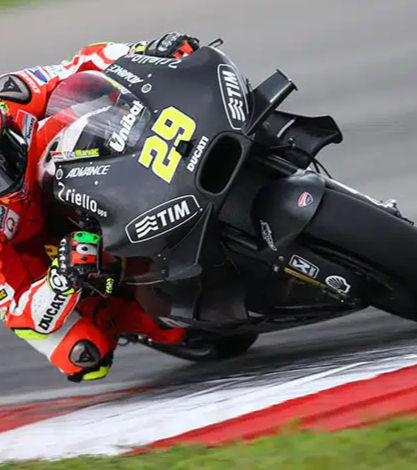
One of the most striking aerodynamic advancements in recent years is the introduction of winglets. Initially seen as radical, these components have become integral to MotoGP bikes. Winglets function by generating additional downforce, which enhances stability during high-speed maneuvers and aggressive cornering. The development of winglets has influenced consumer motorcycle design, with road bikes now incorporating similar features to improve aerodynamic efficiency and handling. This innovation is a testament to how MotoGP’s cutting-edge technology is adapted for practical use, providing riders with bikes that are not only faster but also more stable and responsive.
3. Computational Fluid Dynamics (CFD): A New Frontier
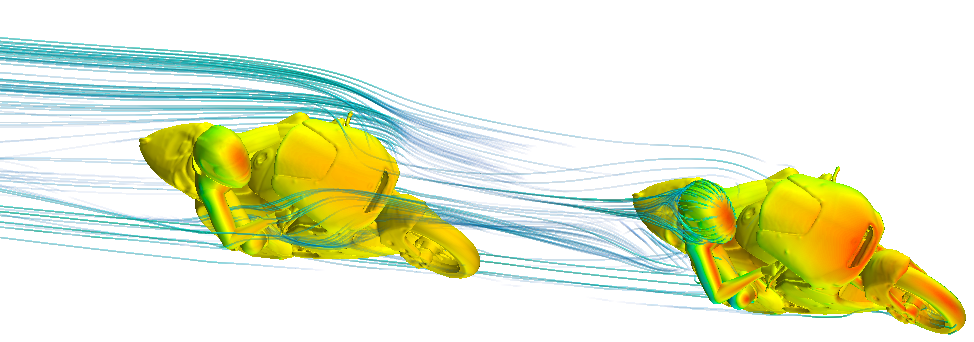
Computational Fluid Dynamics (CFD) has become a cornerstone of aerodynamic development in MotoGP. Teams use advanced CFD simulations to model airflow around the bike and test various aerodynamic configurations without the need for extensive wind tunnel testing. This technology allows for precise optimization of aerodynamic components, leading to more efficient designs and better performance on the track. The insights gained from CFD have influenced consumer motorcycle design, resulting in improved fairings, better airflow management, and enhanced stability. The application of CFD extends beyond the bike itself, influencing the design of helmets and rider apparel to optimize aerodynamic performance and safety.
Frame and Suspension Technology: From Track to Road
1. Lightweight Materials and Structural Integrity
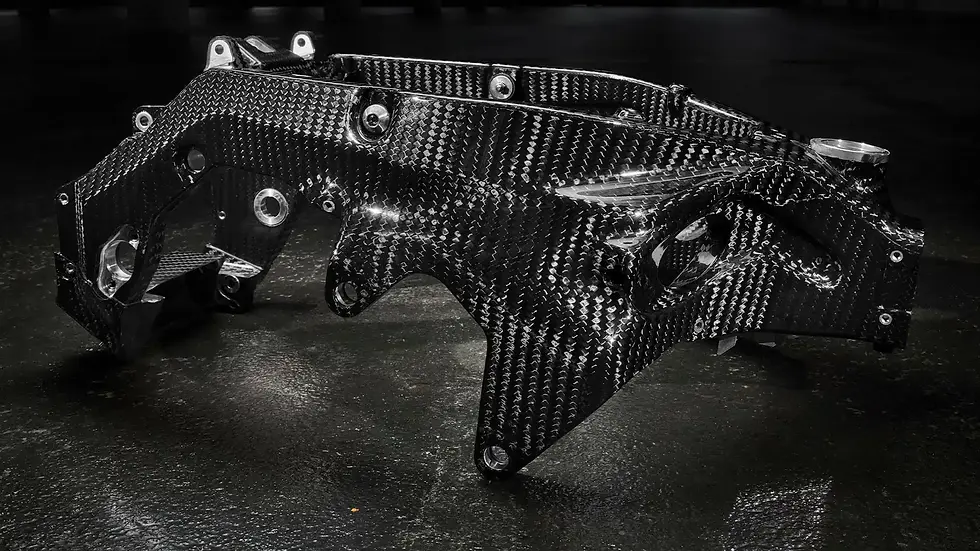
MotoGP’s pursuit of performance has driven the adoption of advanced materials in motorcycle
frames. Carbon fiber, titanium, and other lightweight materials are used to construct MotoGP bikes, offering a superior strength-to-weight ratio. These materials not only reduce the bike’s overall weight but also enhance its structural integrity, crucial for handling extreme conditions on the track. The focus on lightweight, durable materials in MotoGP has influenced consumer motorcycle design, leading to the integration of similar materials in production models. This shift has resulted in road bikes that are lighter, more agile, and capable of delivering exceptional performance. Innovations in material science, such as the development of new carbon fiber composites and advanced alloys, continue to push the boundaries of motorcycle design.
2. Advanced Suspension Systems: Precision and Comfort

The evolution of suspension technology in MotoGP has been marked by significant advancements in both performance and comfort. MotoGP bikes feature fully adjustable suspension systems, allowing riders to fine-tune settings for different track conditions. Electronic damping controls and advanced materials contribute to the bike’s handling and stability. Many of these suspension technologies have been adapted for consumer motorcycles, providing riders with enhanced handling, comfort, and safety. The development of adaptive suspension systems, which automatically adjust to changing road conditions, represents the next frontier in motorcycle suspension technology. These innovations offer a smoother and more controlled ride, reflecting the performance-focused advancements seen in MotoGP.
3. Chassis Design and Geometry

The geometry of a MotoGP bike’s chassis plays a critical role in its performance. Innovations in chassis design, such as adjustable swingarms and optimized weight distribution, allow for precise handling and stability. These advancements have influenced the design of consumer motorcycles, resulting in improvements in maneuverability and rider feedback. Modern road bikes benefit from lessons learned in MotoGP, with chassis designs that offer better cornering capabilities and enhanced stability. The integration of advanced simulation tools and testing methods has led to more refined and responsive chassis designs, further enhancing the riding experience. The ongoing evolution of chassis technology continues to set new benchmarks for motorcycle performance and handling.
Electronic Systems: Revolutionizing Motorcycle Control
1. Advanced Rider Assistance Systems

MotoGP has been a leader in developing sophisticated electronic systems that enhance motorcycle control and safety. Features such as Traction Control Systems (TCS), Anti-lock Braking Systems (ABS), and Electronic Stability Control (ESC) are now integral to MotoGP bikes. These systems help riders manage power delivery, braking, and stability, especially in challenging conditions. The adaptation of these technologies for consumer motorcycles has provided riders with advanced safety features that improve overall riding experience and confidence. The development of rider assistance systems, such as adaptive cruise control and lane-keeping assistance, represents the next step in enhancing motorcycle safety and convenience. These innovations are transforming the way riders interact with their bikes, offering a higher level of control and support.
2. Electronic Engine Management: Precision and Performance

Electronic engine management systems in MotoGP bikes offer precise control over fuel injection, ignition timing, and throttle response. These systems enable fine-tuning of engine performance for optimal power delivery and efficiency. The integration of electronic engine management in consumer motorcycles has led to improvements in performance, fuel efficiency, and rider experience. Modern road bikes benefit from enhanced engine control and responsiveness, allowing for a more enjoyable and efficient ride. The adoption of ride-by-wire systems and customizable riding modes provides riders with greater flexibility and control, tailoring the bike’s performance to their preferences and riding conditions. The ongoing development of electronic engine management technologies continues to push the boundaries of motorcycle performance and efficiency.
3. Data Acquisition and Telemetry: Real-Time Insights

Data acquisition and telemetry systems in MotoGP provide valuable insights into bike performance and rider behaviour. Engineers use these systems to monitor various parameters, such as engine temperature, suspension performance, and lap times, to make real-time adjustments and improvements. While primarily used for performance optimization in racing, elements of this technology have been incorporated into consumer motorcycles. Riders can now access data such as ride modes, performance metrics, and maintenance alerts through advanced onboard electronics. The use of data analytics and machine learning to optimize motorcycle performance and predict maintenance needs is an exciting development in the field. These technologies offer riders greater visibility into their bike’s performance and help maintain optimal conditions for safe and enjoyable riding.
Pioneering Safety Gear: Protecting Riders
1. Cutting-Edge Helmets: Safety and Comfort
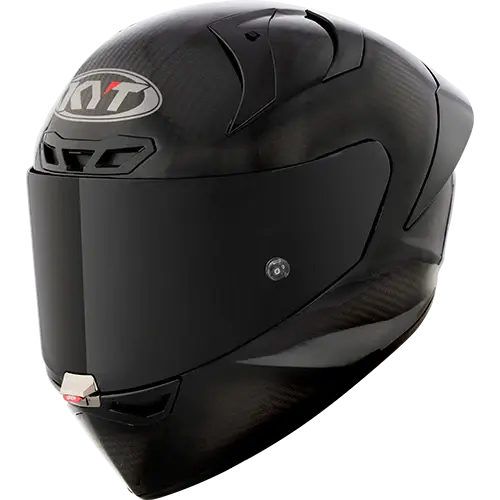
MotoGP’s rigorous demands have driven the development of state-of-the-art helmets that offer enhanced protection and comfort. Innovations in helmet technology include improved impact resistance, advanced ventilation systems, and aerodynamic designs. These advancements ensure that riders receive maximum protection while maintaining comfort during high-speed racing. The technologies developed for MotoGP helmets have influenced consumer products, leading to the availability of high-performance helmets that offer superior safety features. The development of materials such as multi-density foam and advanced shell composites has improved impact absorption and overall helmet performance. The continued evolution of helmet technology aims to enhance rider safety and comfort, setting new standards for protective gear.
2. Advanced Protective Apparel: Setting New Standards

Race suits designed for MotoGP are engineered to provide the ultimate protection, incorporating materials with exceptional abrasion resistance and impact protection. These advancements set new standards in motorcycle gear, influencing the development of consumer apparel that prioritizes rider safety and comfort. MotoGP race suits feature integrated protection, such as armour and impact-absorbing materials, which have been adapted for consumer motorcycle gear. The focus on rider protection has led to the development of advanced textiles and technologies, such as airbag suits and impact-resistant materials. These innovations enhance safety and comfort, offering riders greater confidence on the road. The ongoing research and development in protective apparel aim to push the boundaries of rider safety and performance.
3. Crash Data and Safety Enhancements: Learning from the Track

MotoGP’s commitment to rider safety involves extensive crash testing and data analysis to develop better protective technologies. The insights gained from crash data are used to improve safety features and reduce the risk of injury. Innovations such as advanced crash sensors and impact-absorbing materials have been integrated into consumer motorcycles and gear, providing enhanced protection for riders. The analysis of crash dynamics and the development of new safety technologies continue to drive improvements in rider safety. The focus on understanding the mechanics of motorcycle crashes and enhancing protective gear is critical for advancing safety standards in the industry.
The Ripple Effect on Consumer Motorcycles
1. Bridging the Gap Between Racing and Everyday Riding
The technological advancements pioneered in MotoGP often influence consumer motorcycles, bridging the gap between racetrack technology and everyday riding. Innovations in design, safety, and performance seen in MotoGP set benchmarks that inspire and shape the bikes available to enthusiasts. The transfer of technology from MotoGP to consumer motorcycles results in improved performance, safety, and comfort for riders. Features such as advanced aerodynamics, lightweight materials, and electronic systems are now common in high-performance road bikes, reflecting the latest developments from the racetrack. The ongoing collaboration between racing teams and motorcycle manufacturers continues to drive innovation and push the boundaries of motorcycle design.
2. Impact on Motorcycle Design and Performance
The impact of MotoGP on motorcycle design extends beyond individual components, influencing the overall design philosophy of consumer motorcycles. Innovations in aerodynamics, frame construction, and electronic systems contribute to the development of bikes that are faster, more efficient, and more enjoyable to ride. The integration of racing technology into consumer models allows riders to experience the benefits of cutting-edge advancements, enhancing their overall riding experience. The continuous evolution of motorcycle design, driven by MotoGP’s technological advancements, ensures that riders have access to the latest innovations and performance improvements.
3. The Future of Motorcycle Technology
As MotoGP continues to push the boundaries of motorcycle technology, the future promises even more exciting developments. Emerging trends such as electrification and smart technology are set to redefine the sport and influence consumer motorcycle design. The exploration of electric powertrains, advanced telemetry, and connected systems represents the next frontier in motorcycle technology. The integration of these innovations into consumer bikes will offer new levels of performance, efficiency, and rider experience. MotoGP’s role in shaping the future of motorcycle technology underscores its importance as a driver of innovation and progress in the industry.
Glimpse Ahead: What to Expect in the 2025 MotoGP Season
1. Emerging Talents and New Faces
As the 2025 MotoGP season approaches, the anticipation builds around emerging talents and new faces in the paddock. Young riders and up-and-coming teams are poised to make their mark, bringing fresh perspectives and new challenges to the championship. The introduction of new talent promises exciting racing and dynamic competition, adding to the excitement of the upcoming season.
2. Technological Breakthroughs and Innovations
The 2025 season is expected to showcase technological breakthroughs and innovations that push the boundaries of motorcycle performance. Advances in aerodynamics, electronic systems, and materials are likely to influence bike design and racing strategies. The integration of new technologies and the evolution of existing ones will contribute to the ongoing progression of the sport.
3. Anticipated Highlights and Key Storylines
The upcoming season promises thrilling highlights and key storylines that will capture the attention of fans. From intense rivalries to dramatic race moments, the 2025 MotoGP season is set to deliver memorable and action-packed experiences. The anticipation of these storylines adds to the excitement surrounding the season, ensuring that fans remain engaged and invested.
Conclusion
MotoGP’s influence on motorcycle design and safety is profound, driving technological advancements that enhance both performance and protection. The sport’s innovations push the boundaries of what’s possible on the track and improve the riding experience for enthusiasts everywhere. As MotoGP continues to evolve, its impact on motorcycle technology will undoubtedly set new standards and inspire future innovations. The ongoing advancements in aerodynamics, frame technology, electronics, and safety gear ensure that MotoGP remains at the forefront of motorcycle innovation, shaping the future of the sport and the bikes we ride.
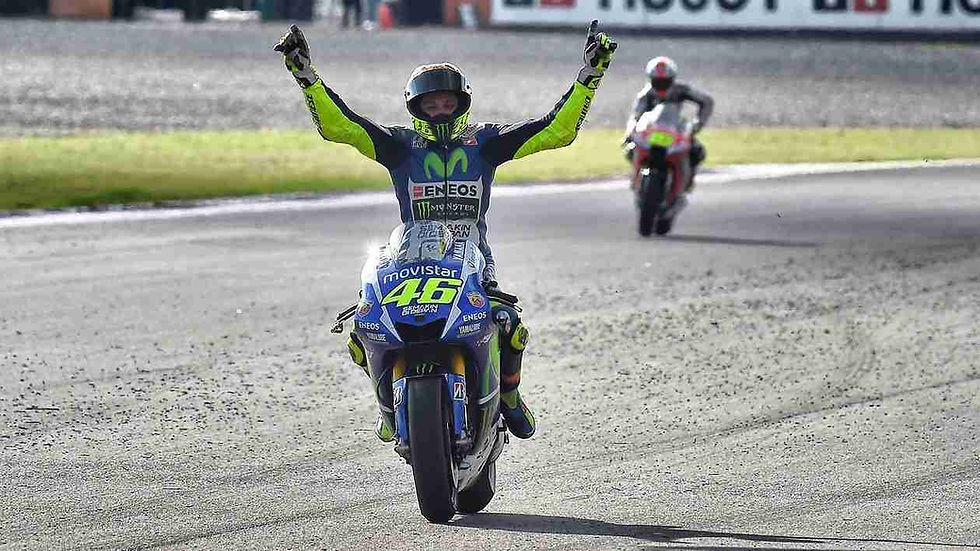



Comments